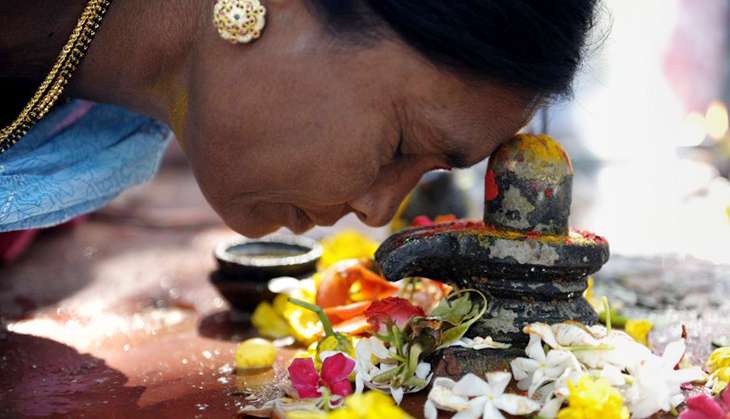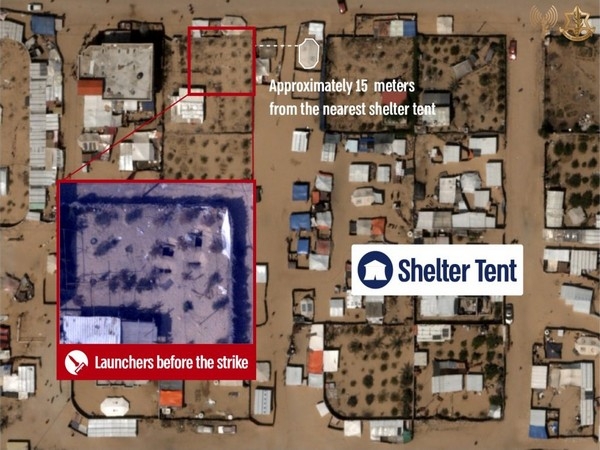
Places of worship in India out number schools and colleges by almost a million.
According to the 2011 census, there are around 3.01 million places of worship across India as compared to 2.1 million schools and colleges.
SS Jodhka, professor of sociology at Jawaharlal Nehru University told Live Mint, "Social processes might be at play. In India, the symbolism associated with building a place of worship is often used by a community to announce its presence or importance. For example, when a caste group gains affluence, it might build a separate temple or gurudwara. Migration might also have led to creation of a lot more places of worship in the country. With religion becoming an enterprise, and with the emergence of many religious gurus and god-men (and women), the trend may continue."
The data also reveals that India also has 330 million census houses and around 216 million of these were simply residences.
A census house is defined as a building or part of a building with a separate main entrance from the road or a common courtyard or staircase, and recognised as a separate unit. A census house can be inhabited or vacant and be used for residential or non-residential purposes or both.
Though huge variations can be seen across states, of all census houses in Himachal Pradesh only less than 50% are used for residential purposes. Similarly, the tourist destination of India, Goa, has more than five times the all-India average of census houses used as hotels, lodges, guest houses etc. Delhi has two factories/workshops, sheds per 100. For Bihar, the number is 0.3.
Some other interesting analysis could be seen from the data such as:
If data from 2001 and 2011 is compared then, in terms of proportions, vacant houses saw the most increase in the country.
A district level analysis shows some interesting patterns. The Central district in the National Capital Territory of Delhi, which has areas such as Chandni Chowk and Karol Bagh, is the most commercialised in the country with highest share of shops/offices and factories/workshops.
Bihar's poor condition in health infrastructure can be gauged from the fact that the state has 12 of the 20 districts with lowest share of hospitals among census houses.







![BJP's Kapil Mishra recreates Shankar Mahadevan’s ‘Breathless’ song to highlight Delhi pollution [WATCH] BJP's Kapil Mishra recreates Shankar Mahadevan’s ‘Breathless’ song to highlight Delhi pollution [WATCH]](http://images.catchnews.com/upload/2022/11/03/kapil-mishra_240884_300x172.png)

![Anupam Kher shares pictures of his toned body on 67th birthday [MUST SEE] Anupam Kher shares pictures of his toned body on 67th birthday [MUST SEE]](http://images.catchnews.com/upload/2022/03/07/Anupam_kher_231145_300x172.jpg)






